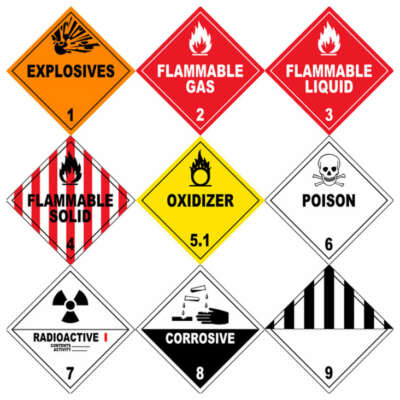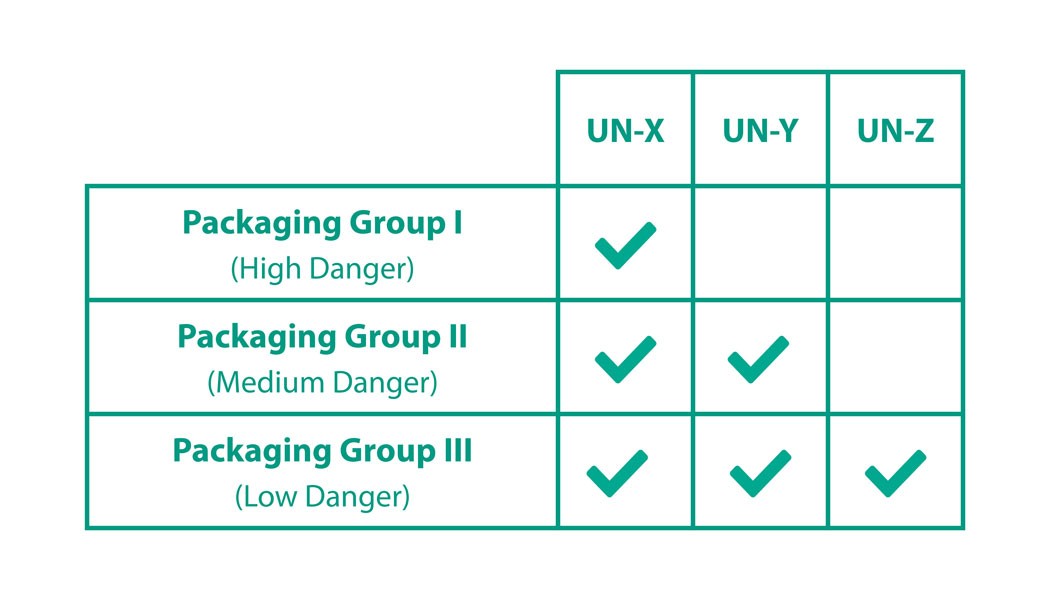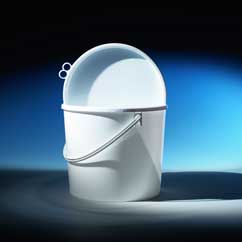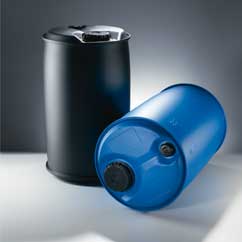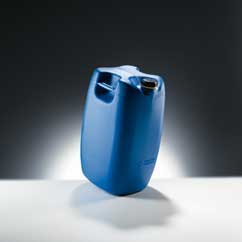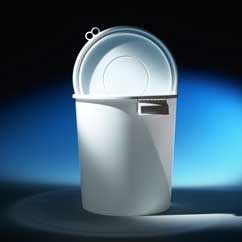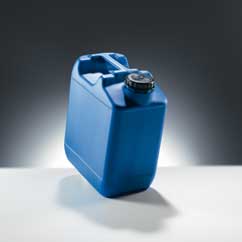Packaging with UN Approvals for Dangerous Goods

Packaging of dangerous goods must comply with special regulations and show the UN markings. Depending on the transport route and type, different regulations must be observed.
Which classes of dangerous goods exist?
What is a UN approval? What does “UN approval” mean?
Which packaging groups for dangerous goods exist?
Who issues UN approvals? Which testing centres for dangerous goods packaging exist?
What are the elements of the UN marking? How must dangerous goods be labelled during transport?
Which legal regulations in Europe exist regarding the transport of dangerous goods? How is the transport of dangerous goods regulated?
Transport of dangerous goods is regulated by the United Nations (UN) on a transnational basis. The basic principles were laid down in the “Recommendations on the Transport of Dangerous Goods”, which are constantly revised; the valid version is revision 19 (2015).
Separate agreements were concluded for the different types of transport.
- Transport of dangerous goods on roads is regulated by the “ADR”, with ADR being the abbreviation of “Agreement Concerning the International Carriage of Dangerous Goods by Road”.
- Transport of dangerous goods by rail is subject to the “Regulation Concerning the International Carriage of Dangerous Goods by Rail (RID)”.
- Transport of dangerous goods by inland waterways is regulated by the ADN Convention, with “ADN” meaning “Accord européen relatif au transport international des marchandises dangereuses par voie de navigation intérieure”.
- Transport of dangerous goods by sea is regulated under the IMDG Code (“International Maritime Code for Dangerous Goods”).
What is regulated in the ADR?
The ADR is considered the most important set of regulations for the transport of dangerous goods by road. The Convention was adopted in 1957. Today, the ADR is valid in a total of 52 member states. In addition to the EU states, some non-EU countries also signed the Convention in order to facilitate international transport of dangerous goods. The ADR regulations are amended and/or supplemented once every two years.
The ADR regulates:
- classification of goods;
- labelling and documentation of the dangerous goods;
- requirements regarding packaging and containers in which the goods are transported.
Which classes of dangerous goods exist?
Dangerous goods are divided into different dangerous goods classes; these classes are valid all over the world. A total of nine classes were defined by the United Nations. These are:
- Explosives
- Gases
- Flammable liquids
- Flammable solids
- Oxidisers and organic peroxides
- Toxic and infectious substances
- Radioactive material
- Corrosive substances
- Miscellaneous dangerous substances
What is a UN approval? What does “UN approval” mean?
Dangerous goods may only be transported in packaging which has a UN marking. To facilitate international transport, the United Nations (UN) established a comprehensive set of regulations for the transport (and packaging) of dangerous goods.
Each chemical substance is assigned a UN number. These numbers can be used to determine the regulations applicable to the packaging and transport of dangerous goods. Depending on the UN marking and dangerous goods class, certain requirements apply to the transport of goods by road, rail, water or air.
Each UN marking contains a letter indicating the packing group. A distinction is made between:
UN-X
UN-Y
UN-Z
Which packaging groups for dangerous goods exist?
Dangerous goods are divided into three packaging groups:
- Packing group I – High danger/very dangerous substances
- Packing group II – Medium danger
- Packing group III – Low danger
The I, II and III packing groups refer to the substances to be packed. The packing groups were assigned the letters X, Y and Z which indicate the type of packaging permitted for the dangerous goods.
Substances of packing group I (high danger) may only be packed in dangerous goods packaging with the UN-X marking.
Substances of packing group II (medium danger) may only be packed in the packing group showing the UN-Y marking.
Substances of packing group III (low danger) may only be packed in the packing group showing the UN-Z marking.
Who issues UN approvals? Which testing centres for dangerous goods packaging exist?
Packaging for dangerous goods must be checked by an official authority, and an individual UN marking must be attached to it after a positive check. There are various testing institutes which issue UN approvals. In Austria, the testing institutions in charge are TGM, a government research centre, and OFI, an independent research and testing institute.
In Germany, dangerous goods packaging is tested by the BAM, the Federal Institute for Materials Research and Testing.
What are the elements of the UN marking? How must dangerous goods be labelled during transport?
Dangerous goods must always be marked with the correct number. The UN marking consists of numbers and letters. All important characteristics of the dangerous goods packaging and those of the contents are clearly indicated.
The respective UN marking is unique for each product and/or product line. A UN number is structured as follows:
UN 1H2 / Y23 / S / … / A / PA-01 / TGM-K149
The UN marking always begins with the letters “UN” followed by:
1H2
A digit-letter-digit combination.
The first digit (a digit between 1 and 7) describes the shape of the packaging.
0 = light gauge metal packaging
1 = drum
2 = –
3 = jerrican
4 = box
5 = bag
6 = composite packaging
7 = –
The letter describes the packaging material, with “H” in this case meaning plastics.
The second digit indicates whether the packaging has a removable lid.
1 = with non-removable lid
2 = with removable lid
Y23
The letter indicates the packaging group (I, II, III) for which the packaging is approved. The number describes the packaging gross maximum weight (including the contents). With liquid products, this indicates the maximum product density.
S
This letter describes the type of substance. For solids, “S” must be indicated; for liquids, it is necessary to specify the test pressure.
…
The last two digits indicate the year of manufacture.
A
The letter indicates the country in which the UN approval was issued, with “A” meaning Austria.
PA-01
This defines the testing centre which approved the container.
TGM-K149
The last digits indicate the approval number assigned by the testing centre.
For how long is a UN approval valid?
The certificate of approval is usually issued for an unlimited period. An approval becomes invalid only if it is withdrawn by the approval authority.
The containers themselves are approved for the transport of hazardous goods for a maximum of 5 years from the time of manufacture. For individual dangerous goods, a shorter period of use may be specified in the approval.

